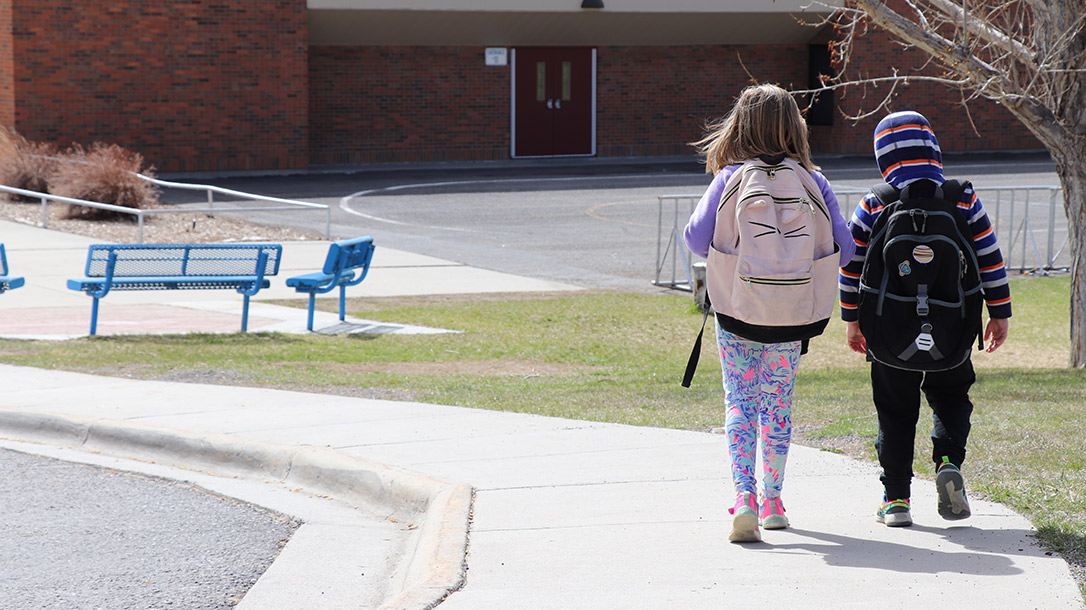Shortly after Columbine, it fell to us tactical instructors for all the various law enforcement (LE) agencies across the country to learn and then teach first responders how to deal with an active shooter. This training remains a constant throughout the years, and each time some coward picks up a gun and kills innocents, it reminds us why we have to stay vigilant.
Body Armor Backpacks
Everything I teach is to professional gun toters, and the theme remains consistent: Take the fight to the bad guy—he will continue to kill until he is stopped. It is an easy lesson for cops to understand and embrace. But the truth is, fewer than 1 percent of our population are LEOs. The vast majority of our citizens are good people, but they are restricted by poorly conceived laws that prevent them from carrying firearms in certain areas, for example schools, sporting events, concerts and on government property. Cowards know this and specifically target these areas because of the large number of potential victims and the small chance that anyone will be there with a gun to defend themselves and others.
The softest of these locations are our schools, where the victims are typically young, timid and incapable of fighting back. Taking the fight to the aggressor is not an option for our kids. Their response is limited to strictly defensive actions: barricade, play dead or flee. And even these are not universal. No one knows kids better than their parents. Maybe you have a seven-year-old who can deliver a flying spin kick to the noggin of a grown man, but most of our kids cannot. I am the proud father of two fantastic kids, but their abilities under stress are widely different. So, we have to prepare them in different ways.
Advertisement — Continue Reading Below
Training
First, you need to make an honest assessment of your kids’ abilities to understand the seriousness of an active shooter. Some kids will understand it when they are five. Yet I know grown men and women with kids of their own who still cannot wrap their minds around the fact that there are bad people in the world who want to hurt others because they think it will make them feel better. You decide when and if your kid is ready for the talk. I am spreading it out over weeks and months, in small bite-sized chunks.
Second, you need to make an honest assessment of your kids’ abilities to react in a life-and-death situation. I have a kid who hyperventilates when you tell him his shoes are on the wrong feet. He does double-digit multiplication in kindergarten, but a straightforward conversation about the evils of man is not happening this year. I’ve got another kid who says she can go toe-to-toe with anyone. She can handle a diluted, but honest, talk about how evil exists in the world.
Third, you need to “train” your kids, but you need to make sure the training fits the kid. With some kids you can play “hide from the bad guy” in the same way you’d play hide-and-seek. Make it a game and teach them not to reveal their location until they see a policeman or a trusted adult. Other kids may only be ready for “Always listen to your teacher in an emergency and do what they say.”
Advertisement — Continue Reading Below
If all this sounds pretty bleak, it is. Children shouldn’t have to deal with life-and-death problems. They should be learning how to ride bikes and throw a baseball, which is why so many of us simply ignore the threats that are out there and hope they don’t happen.
Ignoring a potential problem or counting on “the government” to step in and stop threats before they happen is the height of naiveté and the cornerstone of the liberal agenda. No, I am not saying all liberals are bad. I have a lot of lefty friends who are near and dear to my heart. But I am saying that anyone who decides to trust their life and the lives of their kids to “law enforcement” is shirking their duties as a parent and as a human being.
I have been a cop for more than two decades, and I will tell you that we are not in the business of prevention. We are in the business of finding and punishing wrongdoers. We arrive long after the damage is done. The movies are full of cops stopping bank robbers and rapists and kidnappers, but the truth is we rarely find out about the crime until after it is over. Your safety and your children’s safety are your responsibility. Period.
Advertisement — Continue Reading Below
Solutions
What else can we do to protect our kids? I cannot afford to hire a personal tutor to educate them in an underground steel bunker. My kids go to public school. I meet with the teachers and principal regularly, and I assess the safety and security of the building. They are very good at keeping children safe and keep doors locked and buzz in only people who belong there. But what else can I do?
I recently spoke with Brent Chase, CEO of Chase Tactical. Brent started by making custom gear for SWAT guys in Florida, eventually becoming overwhelmed with demand. A lot of groups of hard chargers appreciate being able to customize and get American-made quality. I asked Chase about his body armor inserts for backpacks. Brent was quick to admit that these could never protect every kid in every situation. However, they could help in a lot of scenarios.
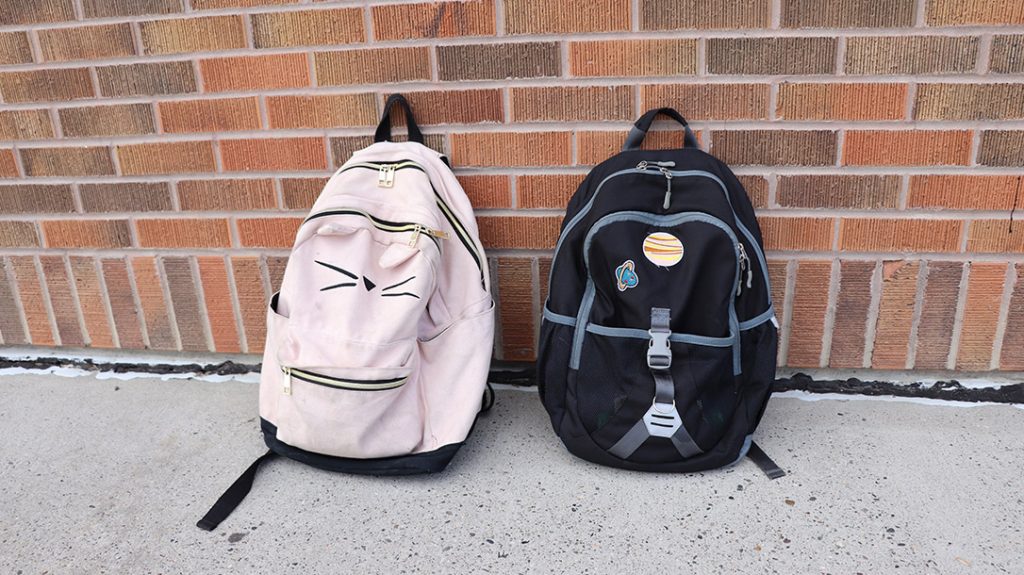
Advertisement — Continue Reading Below
The Chase Tactical insert fits inside the laptop sleeve that is sewn into almost every school backpack being made today. Brent sent me his 10×12 torso insert and his SAPI XL torso insert. The latter is slightly taller and tapered at the top. Both are Level IIIA soft armor, which means they are rated to stop .357 and .44 Magnum bullets, even from long barrels. (The next level up has to stop 7.62x39mm steel-core rifle ammo.)
Chase Tactical also sells a large variety of steel plate inserts that will stop rifle rounds, but with these the weight increases pretty dramatically. Both soft panels fit in my kids’ backpacks perfectly. In fact, they didn’t even know I had put them in there. They are thin enough that you could still fit a laptop into the sleeve along with the armor.
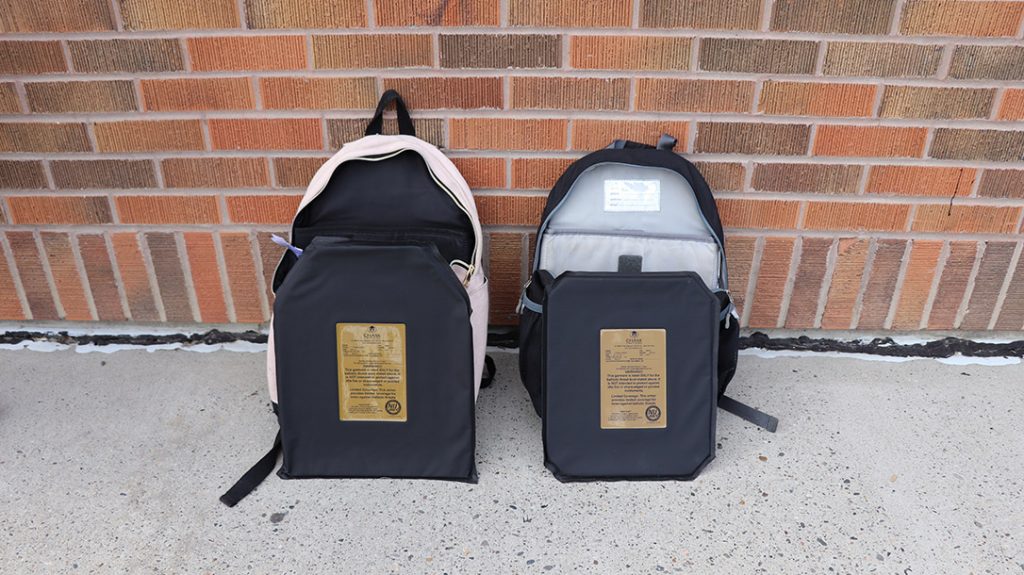
Advertisement — Continue Reading Below
Chase Tactical isn’t the only company making “bulletproof” inserts for backpacks. However, Brent Chase pointed out that many companies simply market Chinese-made panels that do not have National Institute of Justice (NIJ) certification. The NIJ produces the only recognized “standard” for body armor in the U.S. They upgrade it periodically with stricter testing and rules for what passes and what doesn’t. They also spot-check manufacturers to make sure they are producing the same quality product as what they submitted for certification. I’m not a big fan of government bureaucracy, but these are the good guys.
I spoke with Alexander Lind, the marketing manager at AR500 Armor. AR500 Armor sells a Level III polyethylene plate and a Level IV ceramic plate of NIJ-certified body armor. They also make a Level IIIA, 11×15-inch hybrid body armor backpack insert. Again, it fits in almost every backpack, with zero modifications. This insert is not NIJ certified, but it is made in the same NIJ-certified manufacturing facilities, using identical materials, the same number of sheets, identical thickness and so on.
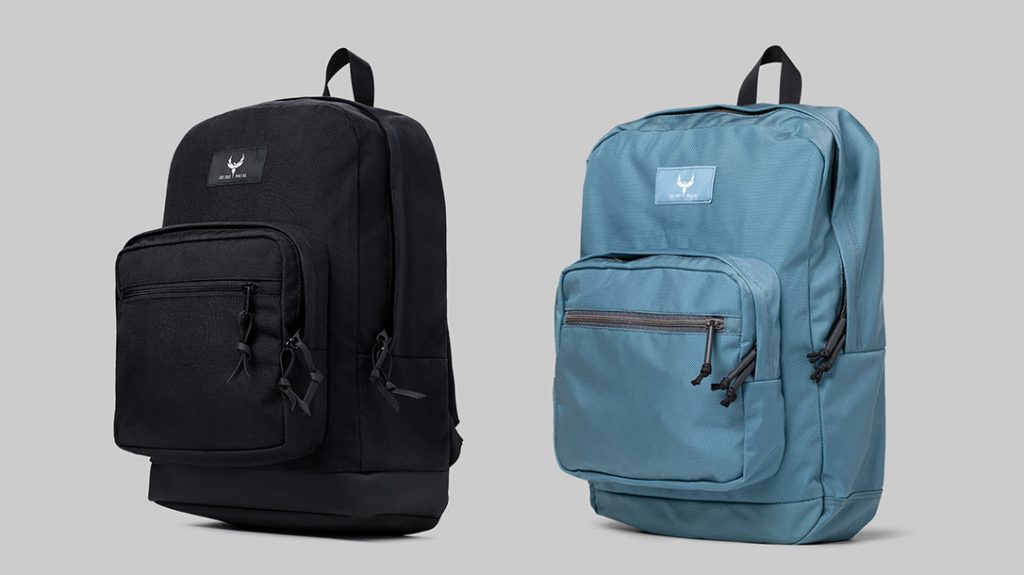
Advertisement — Continue Reading Below
But since it costs $20K plus donating a lot of product to get it tested, and with NIJ disallowing any modifications of any kind without a new certification test being issued, the company decided to skip the formal certification process in order to pass on the savings to the customers and to be able to offer a wider array of products. AR500 also makes a series of backpacks with either pistol- or rifle-rated plates sewn into the packs. However, with the rifle plates, you are again looking at a significant weight increase.
Is body armor the best solution? It is one of the very few solutions you can provide in a weapons-free environment. I know that I felt better putting it in my kids’ packs. Of course, the kids need to be able to get to their backpacks, and yes, the kids need to be trained to keep that pack between them and the assailant. Airsoft guns (make sure they wear eye protection) and playing a little hide-and-seek around the house helps drive the point home.
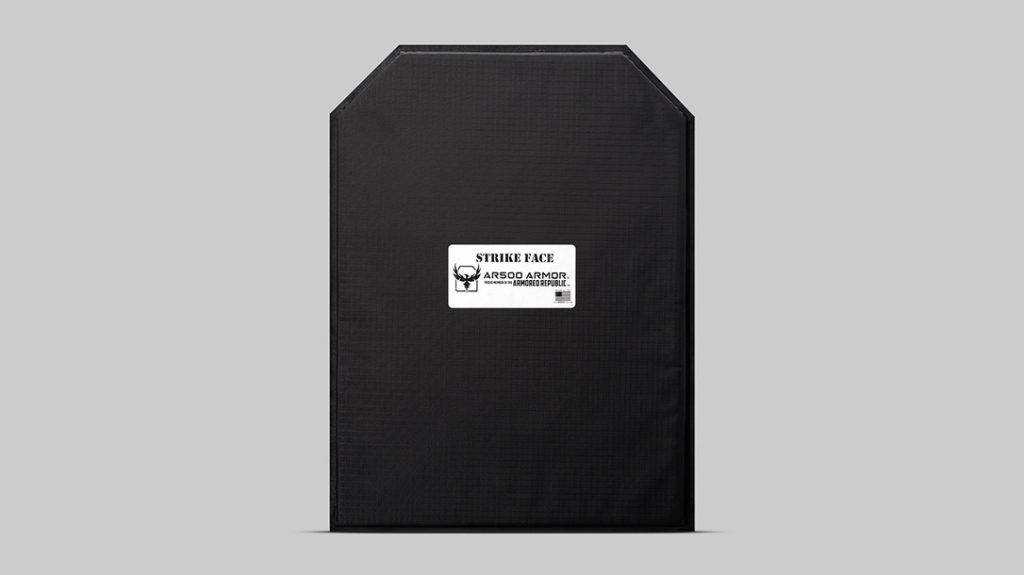
Advertisement — Continue Reading Below
Well-intentioned but poorly conceived laws have crept farther and farther into our lives. Nowhere is this more horrifying than when it leaves the most innocent among us vulnerable and defenseless. As parents and teachers, it is our duty to teach the kids to remain calm and use their heads and to give them the best tools and tactics we can provide.
Are body armor inserts the answer? They range in price from just over $100 to about $1,000. Just like a seatbelt, body armor is a type of insurance you hope you never have to rely on. But if you are anything like me, you wonder: “How would I ever forgive myself if something happened at school and I hadn’t done everything I could?”
I applaud the states that allow teachers to be trained and armed, and I doubly applaud the few teachers who have stepped up and taken on this added responsibility. Meanwhile, for the rest of us, I am glad there are companies like Chase Tactical and AR500 Armor that provide body armor backpacks and other products to help keep our kids alive if evil comes to their door.
Advertisement — Continue Reading Below
For more information, visit chasetactical.com; and ar500armor.com.
